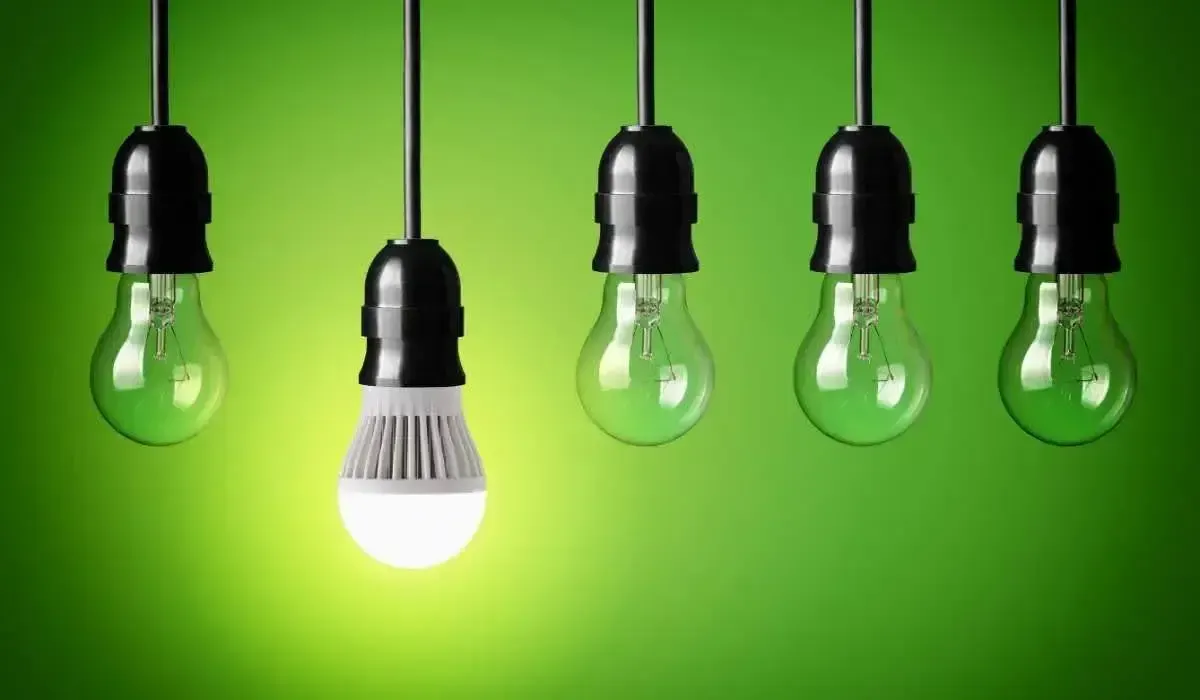
The ROI of Investing in Energy-Efficient Lighting
The ROI of Investing in Energy-Efficient Lighting
Energy-efficient lighting is more than just a trend; it's a smart investment that can lead to significant savings for businesses and homeowners alike. This blog post will explore the return on investment (ROI) of switching to energy-efficient lighting solutions, helping you make an informed decision about upgrading your lighting systems.
Understanding Energy-Efficient Lighting
What is energy-efficient lighting?
Energy-efficient lighting refers to light sources that use less energy to produce the same amount of light as traditional bulbs. These include LED (Light Emitting Diode) bulbs, CFLs (Compact Fluorescent Lamps), and other advanced lighting technologies.
Types of energy-efficient lighting options
LED bulbs
CFLs
Halogen incandescent bulbs
Smart lighting systems
Benefits of energy-efficient lighting
Energy-efficient lighting offers numerous advantages:
Lower energy consumption
Longer lifespan
Reduced heat emission
Better light quality
Environmental benefits
Calculating the ROI of Energy-Efficient Lighting
Initial costs vs. long-term savings
When considering the switch to energy-efficient lighting, it's important to look beyond the initial investment. While energy-efficient bulbs may cost more upfront, they lead to significant savings over time.
"The higher initial cost of energy-efficient lighting is often offset by lower energy bills within the first year of use."
Energy savings calculation
To calculate your potential energy savings, consider the following factors:
Current energy consumption of your lighting
Energy consumption of new, efficient lighting
Hours of operation
Electricity rates in your area
Lifespan and replacement costs
Energy-efficient bulbs last much longer than traditional ones, reducing replacement frequency and associated costs.
Environmental impact and potential incentives
Many regions offer incentives for adopting energy-efficient lighting, which can further improve your ROI. Additionally, the reduced environmental impact can enhance your brand image or personal satisfaction.
Case Studies and Real-World Examples
Commercial building lighting upgrade
A large office building in Chicago replaced all its fluorescent tubes with LEDs, resulting in a 40% reduction in lighting-related energy costs and a payback period of just 18 months.
Residential lighting makeover
The Smith family in suburban Boston switched all their home's lighting to LEDs. They saw their monthly electricity bill decrease by $30 on average, with the initial investment paid off in less than two years.
Industrial facility lighting overhaul
A manufacturing plant in Detroit upgraded its lighting system, combining LEDs with smart controls. This led to a 60% reduction in lighting energy use and improved worker productivity due to better light quality.
How to Implement Energy-Efficient Lighting
Assessing your current lighting situation
Start by evaluating your existing lighting setup:
Count the number and types of bulbs in use
Measure current energy consumption
Identify areas of inefficiency
Choosing the right energy-efficient solutions
Consider factors such as:
Light quality needs
Operating hours
Installation requirements
Budget constraints
Installation and maintenance considerations
While many energy-efficient bulbs are easy to install, some may require professional help, especially for larger projects or smart lighting systems.
Monitoring and optimizing performance
After installation, regularly monitor your energy usage and adjust as needed to maximize efficiency.
Investing in energy-efficient lighting offers a compelling ROI through reduced energy costs, lower maintenance needs, and potential incentives. By carefully assessing your needs and choosing the right solutions, you can enjoy significant savings while also contributing to environmental sustainability.